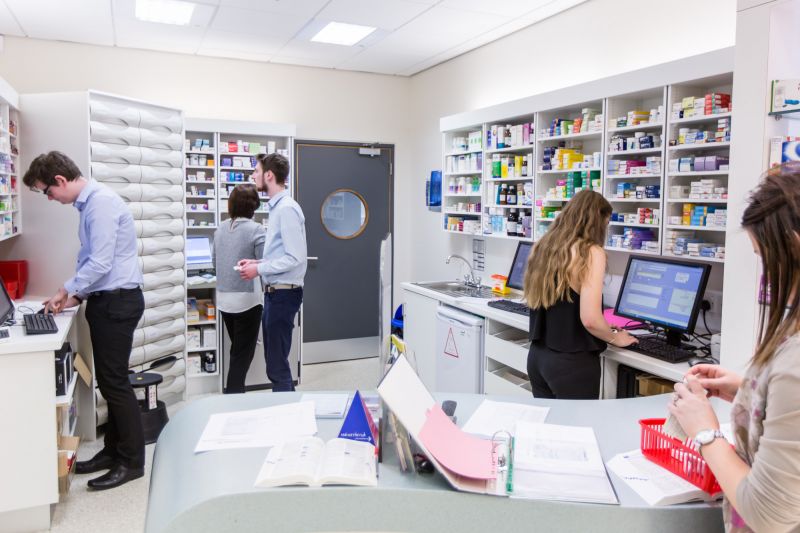Page content
Inclusive and Authentic Assessment

Inclusive assessment ensures students have equal opportunities to demonstrate the full extent of their knowledge and skills across a diverse range of assessed activities. An inclusive approach also reduces the need to make individual adjustments.
Authentic assessments are tasks which are designed to reflect real-world activities, themes or scenarios, allowing students to apply their learning to meaningful contexts. Learners experience a choice and a range of assessment types across a programme to develop a range of employability skills and key competencies. Please refer to Ulster's Assessment Code of Practice for more information about assessment quality enhancement, policy, and procedures.
Student workload and expectations
- Consider learner workload and expectations of others; ensure a joined-up approach with other module leads on assessment deadlines to avoid bunching and unnecessary pressure. A joined-up approach to assessment design ensures key knowledge and skills can be mastered over time and across modules.
- Set clear and high expectations where learners demonstrate their knowledge and understanding.
- Include a choice of assessment types to accommodate learner variability without lowering academic standards e.g. reflective journals, group projects, posters, case studies, presentations and simulations, lab work, essays etc.
- Be clear with use academic language and be sure students understand academic terminology. Avoid using idiomatic language which may not be understood across different cultures. Use Plain English for student facing communications, which is clear and concise.
- Ensure learners understand how they will be assessed and what is required of them against the set criteria. Provide clear assessment briefs and marking criteria in a variety of formats. Provide opportunities for students to explore and discuss these criteria and self-assess to check their progress. Teach students to apply marking criteria to their own work or a model answer in a formative way.
Assessment design
- Review learning outcomes and the assessment task(s) to check they are achievable by all students. While individual accommodations can be made, there is scope to redesign an assessment to make it inclusive for all from the outset e.g., providing a choice of options.
- Embed flexible design using scaffolds, formative knowledge checks and modelling techniques to increase the opportunities to succeed. Provide diverse learning activities that provide multiple means of learner engagement.
- Anticipate reasonable adjustments for disabled and neurodivergent learners: consider at the design phase what can minimise barriers to demonstration of knowledge and skills.
- Design assessment through real life examples that build key competencies and employability skills within meaningful and relevant contexts. Engage with employer partners at the point of design to identify real-life learning contexts and the competencies to be developed.
- Allow some form of individuality to allow learners to demonstrate their knowledge to include both summative and formative methods. Students should be able to demonstrate a breadth of knowledge and skills through diverse assessment practices.
- Include graphic organisers, exemplars, and rubrics where appropriate to support learner progression.
- Empower learners by engaging in co-design and providing assessment choice.
- Embed a range of assessment methods that are accessible, non-discriminatory, and timely. Provide low or no-stakes formative opportunities to help students receive and apply feedback and feedforward.
- Ensure assessment design reflects a global, multicultural perspective on the subject matter and celebrates linguistic and cultural needs and preferences.
- For group assessments, encourage the cohort to negotiate group-work protocols to address role allocations, communication methods, conflict resolution and inclusivity. Support should be offered to integrate all group members.
Assessment support
- Formative opportunities should be timely to enable students to receive and act on feedback before a final summative submission. Access to support should be clearly signposted throughout the module e.g., tutorials, workshops, Studiosity, Student Success Centre, Study Advisors and academic integrity.
- Encourage learners to sustain effort, interest, and motivation by engaging with diverse content, materials, and activities, both individually and collaboratively through group work. Demonstrate the relevance of learning activities, their alignment with assessment and how knowledge and skills are developed by engaging in formative and summative activities.
- Develop and scaffold assessment literacy through dialogue, support, and learner progression. Explain in clear language the purpose and rationale behind its design. Identify learner needs and any stressors regarding the assessment type. Explain the assessment through a student-facing assessment brief e.g. a short video, or a poster.
- Ensure the choice of technology required for assessment is digitally accessible and can be used with assistive technologies.
- Consider including accessibility as part of the assessment criteria if asking learners to produce digital content.
Case Studies
We are currently working on a case study for this pillar, come back soon or submit your own one!

















